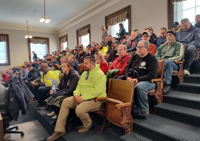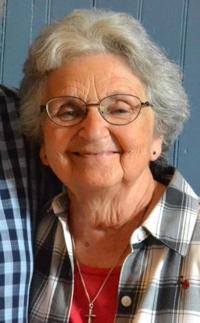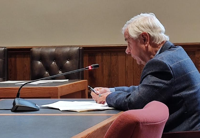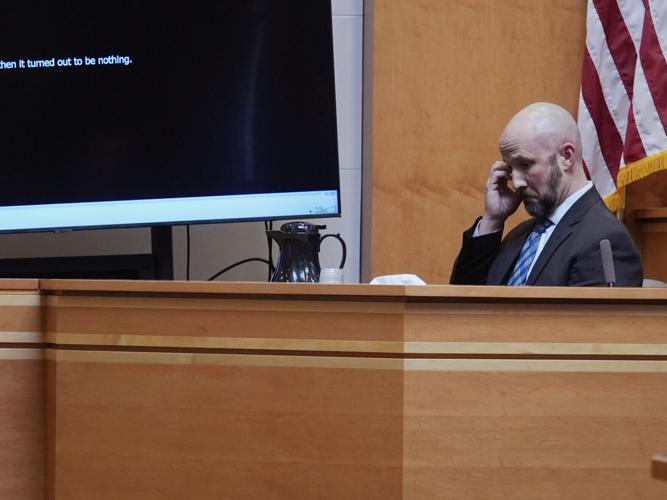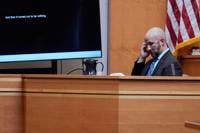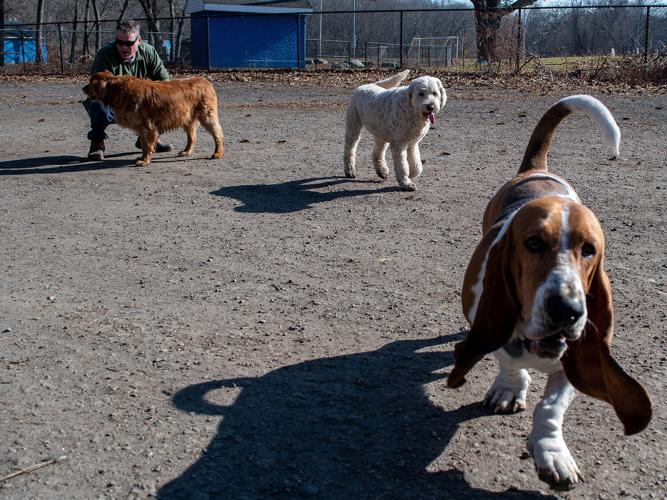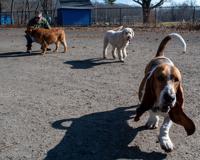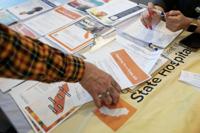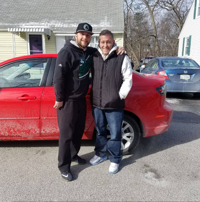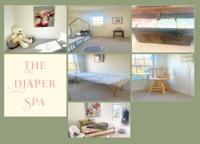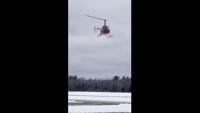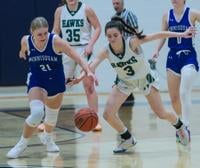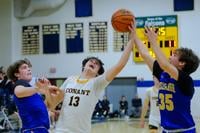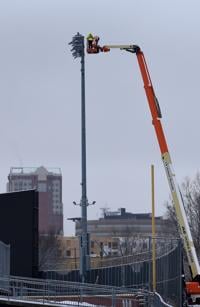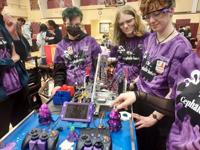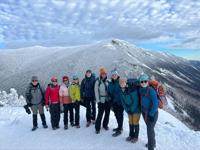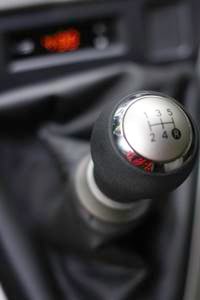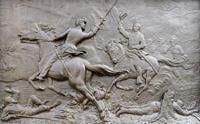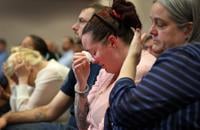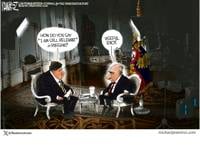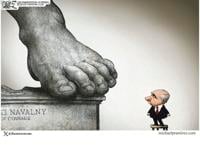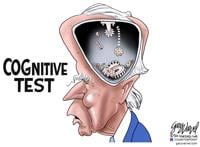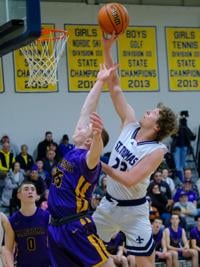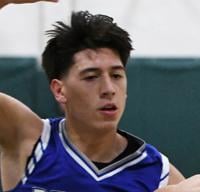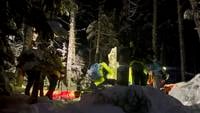ONE OF OUR long-standing traditions here at the New Hampshire Union Leader is annually recognizing 40 residents who eagerly give their time and talents to volunteer pursuits that strengthen and enrichment communities all across New Hampshire.
Age 39, Manchester resident
Age 39, Goffstown resident
Age 38, Concord resident
Age 39, Hollis resident
{{summary}}
Lately, it’s become popular in conservative media circles to brand certain things as a psychological operation, or “psyop.”
A nationwide cell service outage Thursday morning prevented some AT&T customers from making or receiving calls, including emergency calls.
A spacecraft built and flown by Houston-based company Intuitive Machines sailed around the moon on Thursday headed for an attempt at the first U.S. touchdown on the lunar surface in more than half a century and the first ever entirely by the private sector.
The U.S. Supreme Court on Thursday allowed the Boy Scouts of America's $2.46 billion settlement with sexual abuse victims to move forward, lifting a temporary pause imposed in response to an appeal by 144 former scouts who opposed the agreement.
The Teamsters’ political committee has given $45,000 to the Republican National Committee, according to federal records, a significant departure for a powerful organized labor group that has more recently supported Democrats, such as President Biden, who have championed workers’ rights.
In one way, it’s shocking that a key person in the GOP’s efforts to dig up dirt on the Bidens has been indicted and tells prosecutors he has extensive ties to Russian intelligence.
Initial applications for US unemployment benefits fell to the lowest in a month last week, underscoring continued strength in the labor market despite a growing number of high-profile job cuts at large companies.
LATEST NEWS SPONSOR
Photos & Galleries
SPONSOR
CONCORD — Gun rights advocates had a very good day in the closely divided House of Representatives Thursday.
CONCORD -- By a comfortable margin, the closely divided House of Representatives turned down Right-to-Work legislation that would block a union from requiring employees to join or pay dues.
In one way, it’s shocking that a key person in the GOP’s efforts to dig up dirt on the Bidens has been indicted and tells prosecutors he has extensive ties to Russian intelligence.
Lately, it’s become popular in conservative media circles to brand certain things as a psychological operation, or “psyop.”
CONCORD — Gov. Chris Sununu said penalties eventually will be assessed against Anthem Blue Cross and Blue Shield for problems that state retirees have had in getting their prescriptions proper…
Thursday, February 22, 2024
I READ a Forbes news item last month and came to a line that gave me a delayed, gasping, double-take that instantly made me think of something my mother said to me in the 1960s (probably 1968). Thinking about the potential destruction of the United States by Russia and trying to raise my social consciousness, she said “Russia will never be able to beat us militarily, they will do it from t…
MUCH OF our politics today is fueled by anger and hate. We’ve become angry at just about everything, from the number of immigrants entering our southern border seeking asylum, to food prices, to abortion and abortion rights, to the high cost of health care, to global warming to ... you get the idea.
Wednesday, February 21, 2024
February is a time for school vacations and, when the weather cooperates, winter outdoor fun like cross-country skiing, snowshoeing, and snowmobiling. It draws locals and folks from away out of their warm homes and into New Hampshire’s wild places.
Language “is a powerful tool that shapes our perceptions, beliefs and interactions.”
BEFORE IT dies, I want to come out in favor of the hyperloop project in Minnesota to create underground tubes in which people would travel in capsules propelled by electromagnetic force at speeds up to 700 mph. No seat belts, no use of carbon fuel, no roaring engines or jarring bumps. They’re proposing a link between Minneapolis/St. Paul and Rochester, 85 miles, which by my calculation wil…
MANY PEOPLE with disabilities and frail elders need to rely on someone for help in getting in and out of bed, dressing, showering, or preparing meals. As a result of inadequate investments by the state, some of these people are unable to get the help that they need, sometimes for days, weeks or even months.
”How small, of all that human hearts endure / That part which laws or kings can cause or cure.”
Tuesday, February 20, 2024
A NEW YEAR brings new opportunities for land conservation across New Hampshire that benefit people, ecosystems, and the lands we all enjoy. Our state has some of the nation’s most treasured landscapes that increase the state’s resilience in the face of climate change and provide locations to recreate outdoors.
Letters may be up to 250 words. Longer opinions can be sent to opinion@unionleader.com.
- Christian Schurko looks to advance in Golden Gloves quarterfinals
- Golf game thriving, Tony Finau back to defend Mexico Open title
- Blue line issues and other Bruins thoughts with tough stretch looming
- High school hockey: Manchester scores 11 in victory
- Red Sox signing veteran closer Liam Hendriks to 2-year deal
- Case against Milan Lucic dropped
- High schools: Keene boys basketball team edges Salem
- High school roundup: Milford edges Hollis-Brookline
- Report: Warriors sought LeBron James at trade deadline
- Commissioner: Las Vegas ‘definitely’ on NBA’s expansion list
- Three-time World Series champion Don Gullett dies
- High schools: Todd, Guinazzo lead Pelham girls to win
- Commentary: Super Bowl proved Patriots must draft a QB
- Jerod Mayo reportedly hires two new Patriots coaches, including ex-New England WR















